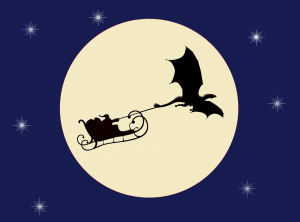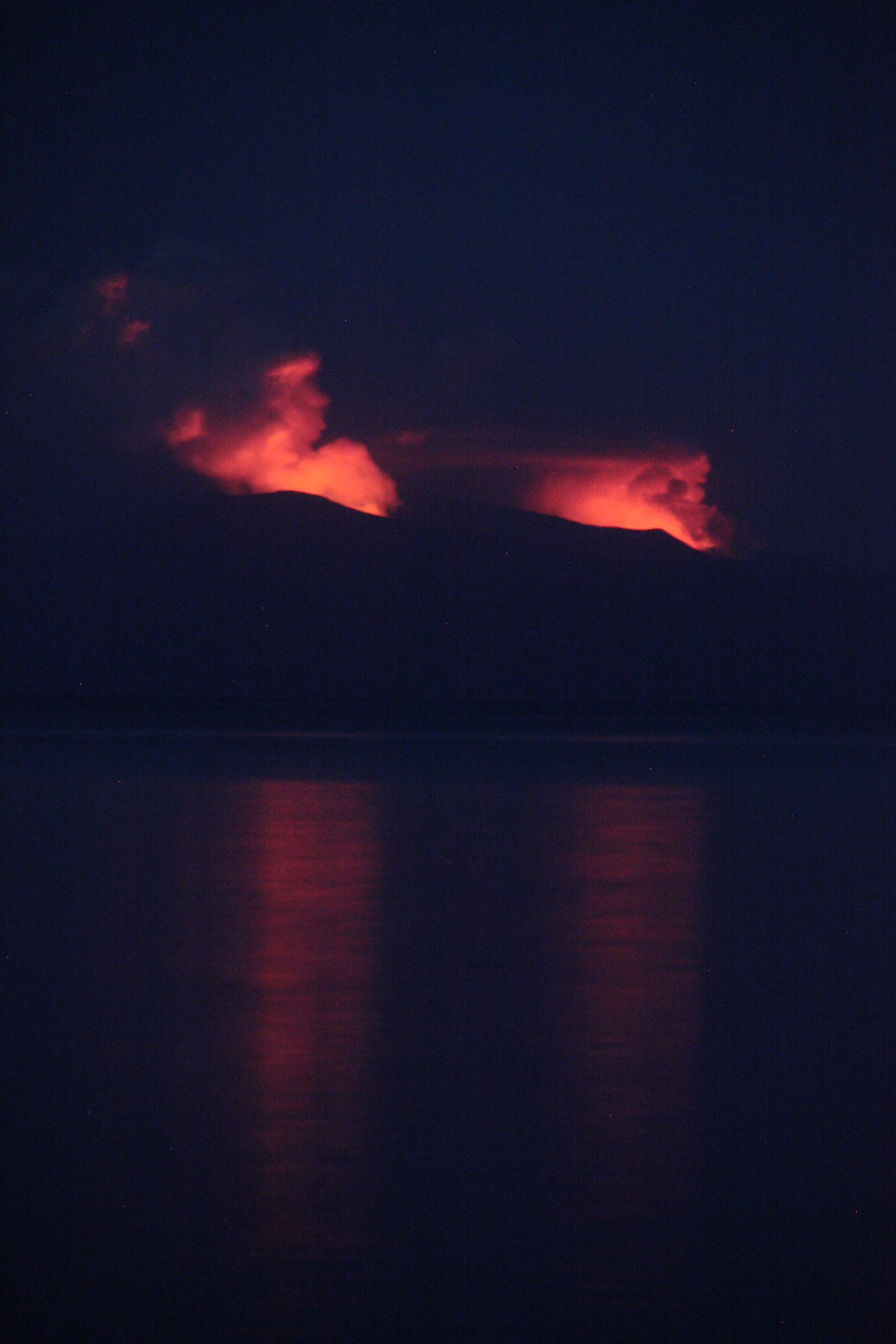Siôn Corn: The bloke who comes down the chimney
It’s December, which means you’ve probably been bombarded with ‘Christmas cheer’ since the beginning of November. Bah humbug I say! And if you’re from down under, I feel really sorry for you having to celebrate twice a year – once in July and then again in December! You may think of me as a bit of a Scrooge spoiling all your fun but…
Speaking of Scrooge, that’s a great instance of personification, how a characteristic of a person gets attached to their name. The name is then used to refer to that characteristic. It happens a lot, just look at the recent phenomenon concerning poor Karen. Something similar happens when common and frequent names get hijacked into standing for the average Joe.
Moving on to Joe, that’s one of the many names in English used for the everyman, as in Joe Bloggs, or Joe Public. Similarly, John or Jane as in John Doe or Jane Doe, a term for an unknown person, especially used in the USA for unidentified cadavers. And in the UK, John Bull is the personification of the nation.

And let’s not forget Jack, itself a nickname for John. Jack is found in many phrases relating to the everyman, especially in reference to someone of historically low status (hence Jack in a pack of cards being lower than the King or Queen) or in phrases about working in a rural employment, as in lumberjack, or the Australian Jackaroo (or Jillaroo!) for someone learning to work on a sheep or cattle farm. Jack has also been extended to objects that are generally handy and helpful – such as carjack and jackhammer.
This brings us to the title of our post, Siôn Corn, which is the name of Santa Clause in Wales and can be translated as ‘John Stack’ (as in corn simnee ‘chimney stack’) or ‘Chimney Pot John’. Siôn is the Welsh equivalent of the everyman, and is used to mean, the guy, the bloke etc.

The name Siôn is used in many different phrases and is the personification of many personal characteristics.
As for the use of Siôn Corn denoting the personification of yuletide, the earliest reference comes from the Welsh scholar, poet and songwriter, J. G. Davies in his 1923 Children’s songbook Cerddi Huw Puw:
The history of Sion Corn is unknown to me any further back than my father’s dialogues with him in the seventies. He was a benevolent spook, living up the chimney in comfortable apartments. He had some mysterious interest in getting children off to bed early, and a more rational habit of making presents at Christmas, as a Welsh Santa Claus. I do not know whether my father found him in Edern, his mother’s home, or invented him. Anyhow, Sion Corn has done untruthful and amiable service for two generations.
So it seems, before Siôn Corn took on the persona of Father Christmas, he had another job, helping to get children to bed, much like a Siôn Cwsg ‘sandman’. Though, of all the meanings that Siôn connotes, I like Siôn llygad y geiniog ‘miser’ the best. Basically, Siôn can be both Father Christmas and Scrooge at the same time – Siôn really is a Siôn pob crefft ‘a Jack of all trades’.

